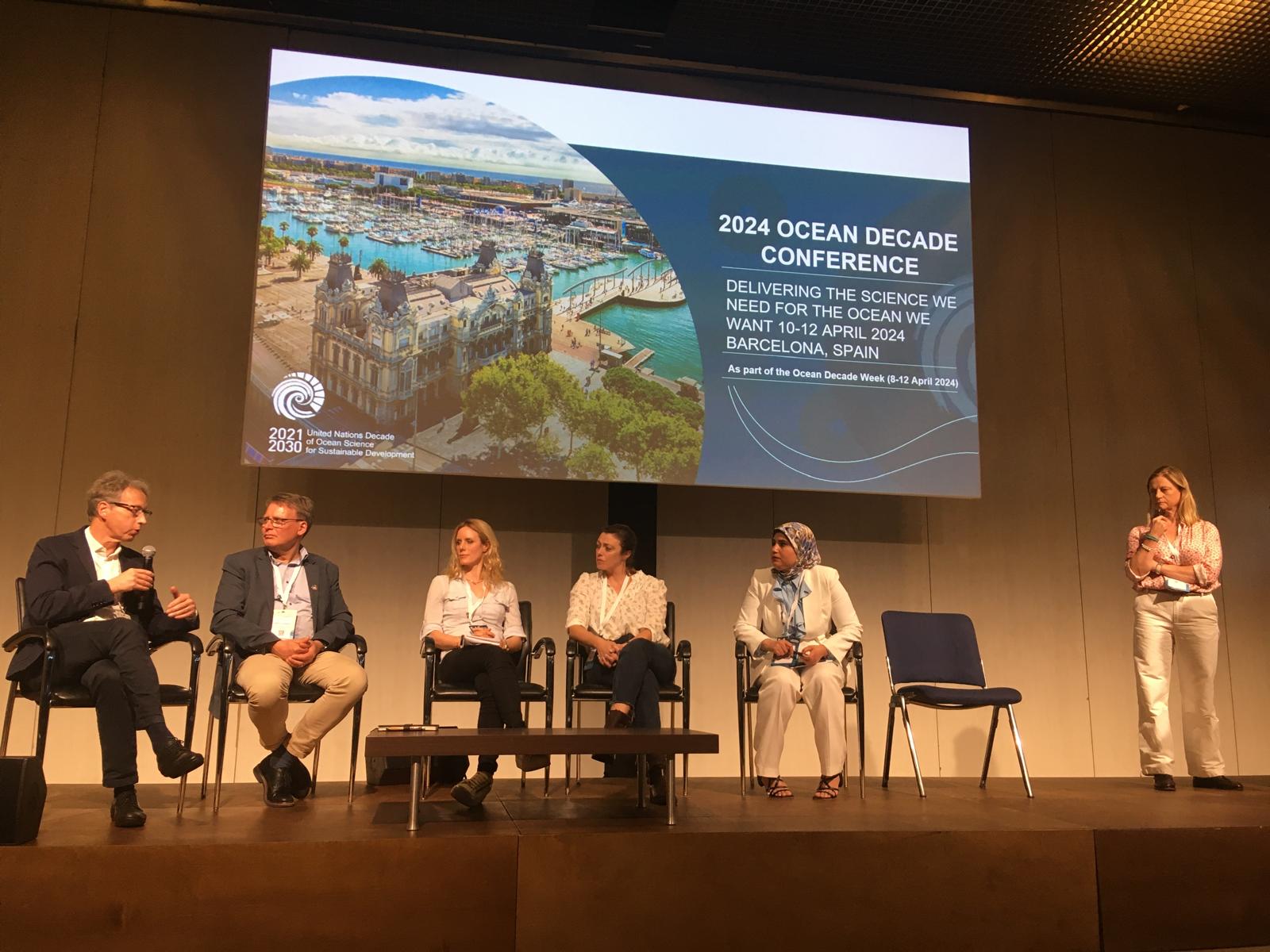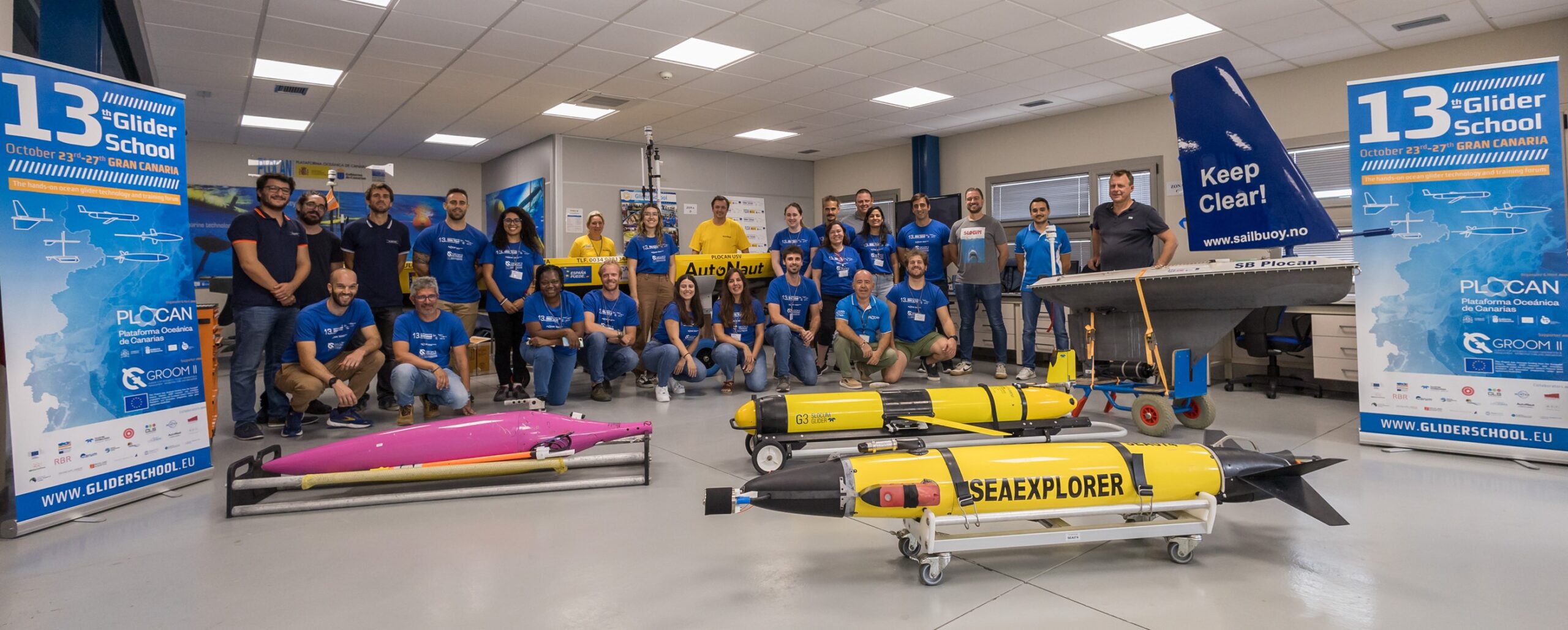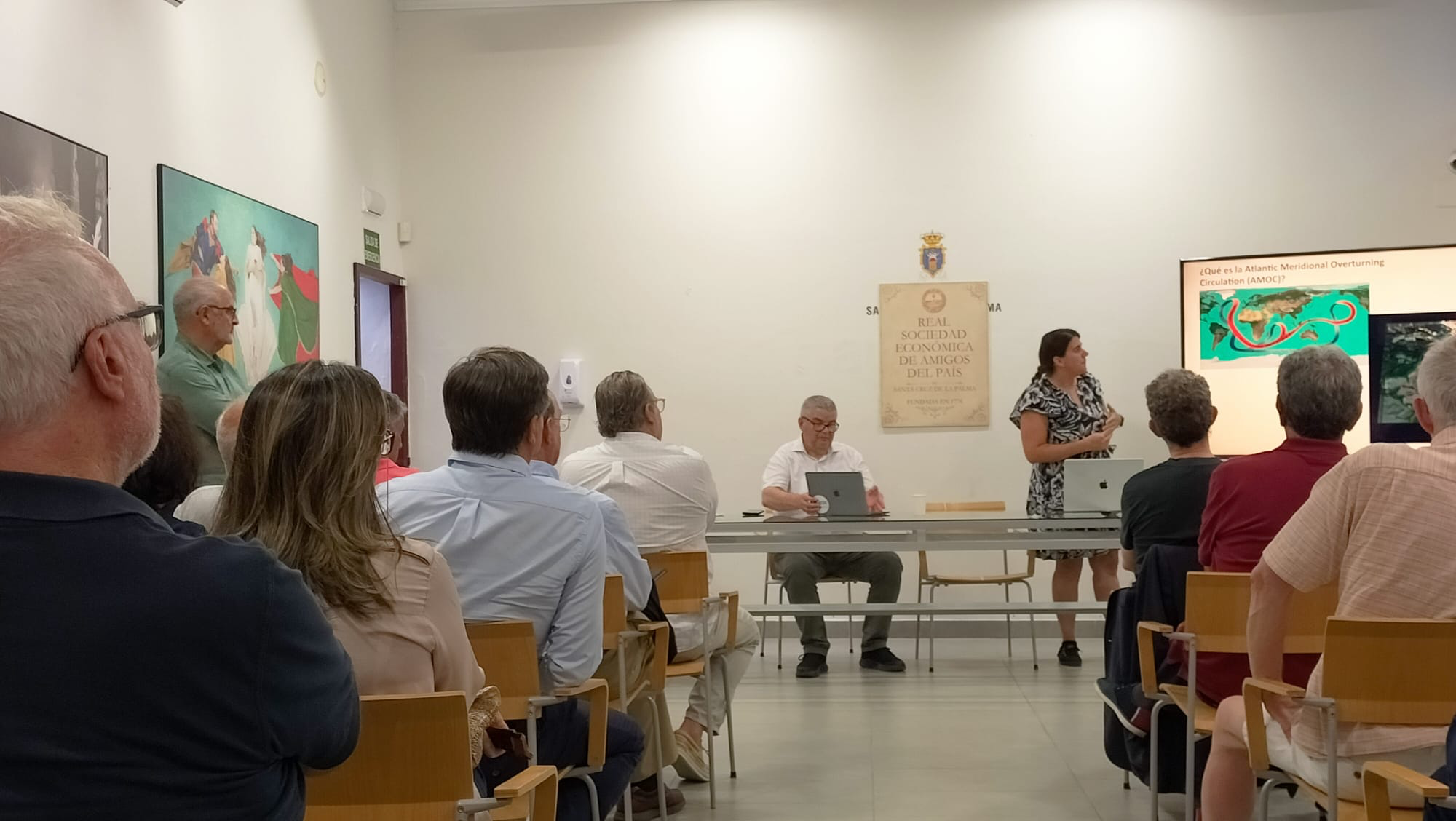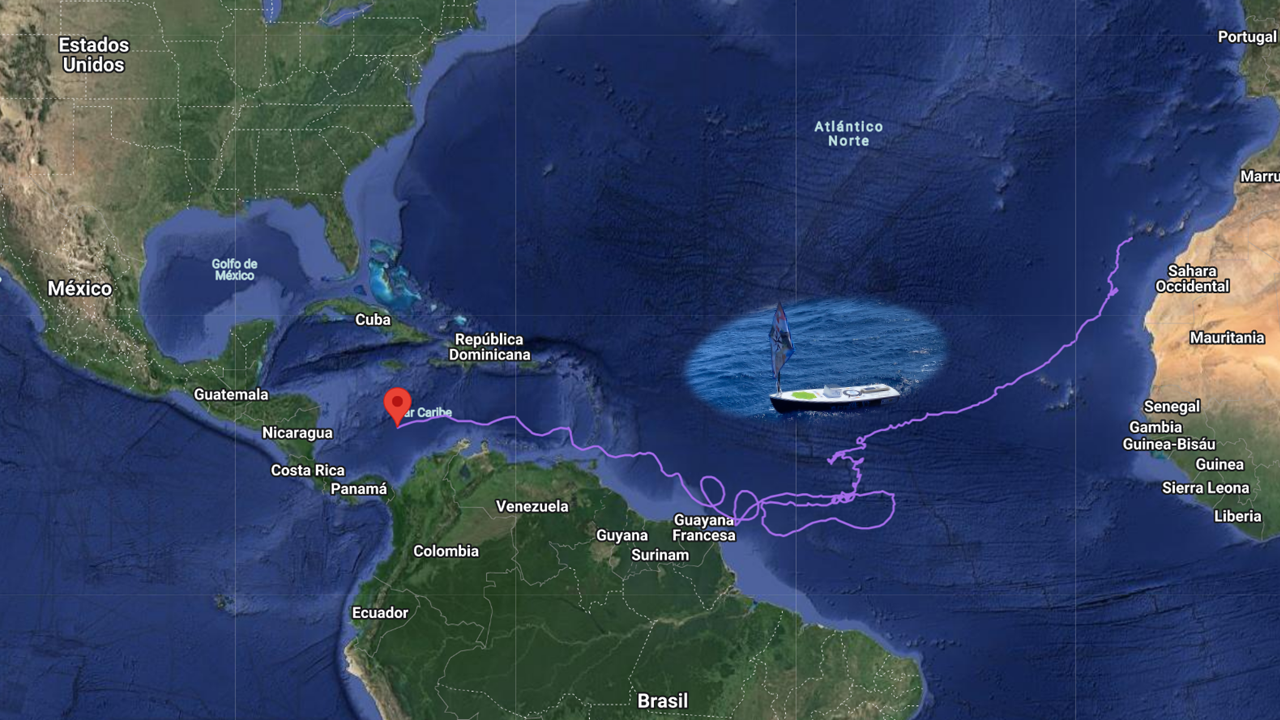The lead researcher of the transnational cooperation project to develop a solution that saves energy and water in coastal facilities through ocean energy capture devices (COOSW), Pedro Arnau of the International Centre for Numerical Methods in Engineering (CIMNE), and Professor Asier Ibeas from the Autonomous University of Barcelona presented the project’s technological advances to stakeholders at the Oceanic Platform of the Canary Islands (PLOCAN).
The presentation was attended by the head of the Subdivision for Horizontal Scientific and Technical Programmes, Strengthening and Excellence of the State Research Agency (AEI), Joaquín Serrano Agejas, and the director of the water department of the Canary Islands Technological Institute (ITC), Baltasar Peñate Suárez, along with researchers from the Renewable Energy Systems Research Group of the University of Las Palmas de Gran Canaria (GRRES-ULPGC) and representatives of companies from the desalination, sustainable energy and coastal and oceanographic engineering sectors, and technology experts from PLOCAN.


Pedro Arnau and Asier Ibeas described the COOSW project, which is being tested in an experimental facility at the PLOCAN headquarters, in an informative and engaging presentation on the technological advances achieved through the project.
The technical staff behind the project, Naeria Navarro and Javier Soraluce Acebo, explained the practical side of the project tests to attendees during the visit to the pilot plant.
COOSW is a cooperation project between Mexico (UNAM), Dominican Republic (PUCMM), Germany (FRAUNHOFER) and Spain (UAB, PLOCAN, CIMNE), coordinated by the International Centre for Numerical Methods in Engineering (CIMNE) of which PLOCAN is a partner. The project aims to develop a solution that harnesses natural resources such as the temperature gradient of the water column and wave energy to desalinate seawater and to cool small-scale coastal facilities.
The COOSW solution combines three different technologies: a WEC (wave energy converter) device is used to pump cold seawater from the deepest layers of the ocean; this cold water is then used by SWAC (seawater air conditioning) technology to cool the air; and finally, the temperature gradient between the cooler pumped water and the warm water produced by the SWAC is used in the desalination process using COOL STEAM technology.
Proyectos PCI2019-103376, PCI2019-103406 y PCI2019-103581 financiados por MCIN/AEI /10.13039/501100011033. This work was supported by the ERANET-LAC project which has received funding from the European Union Seventh Framework Programme (ERANet17/ERY 0168).





